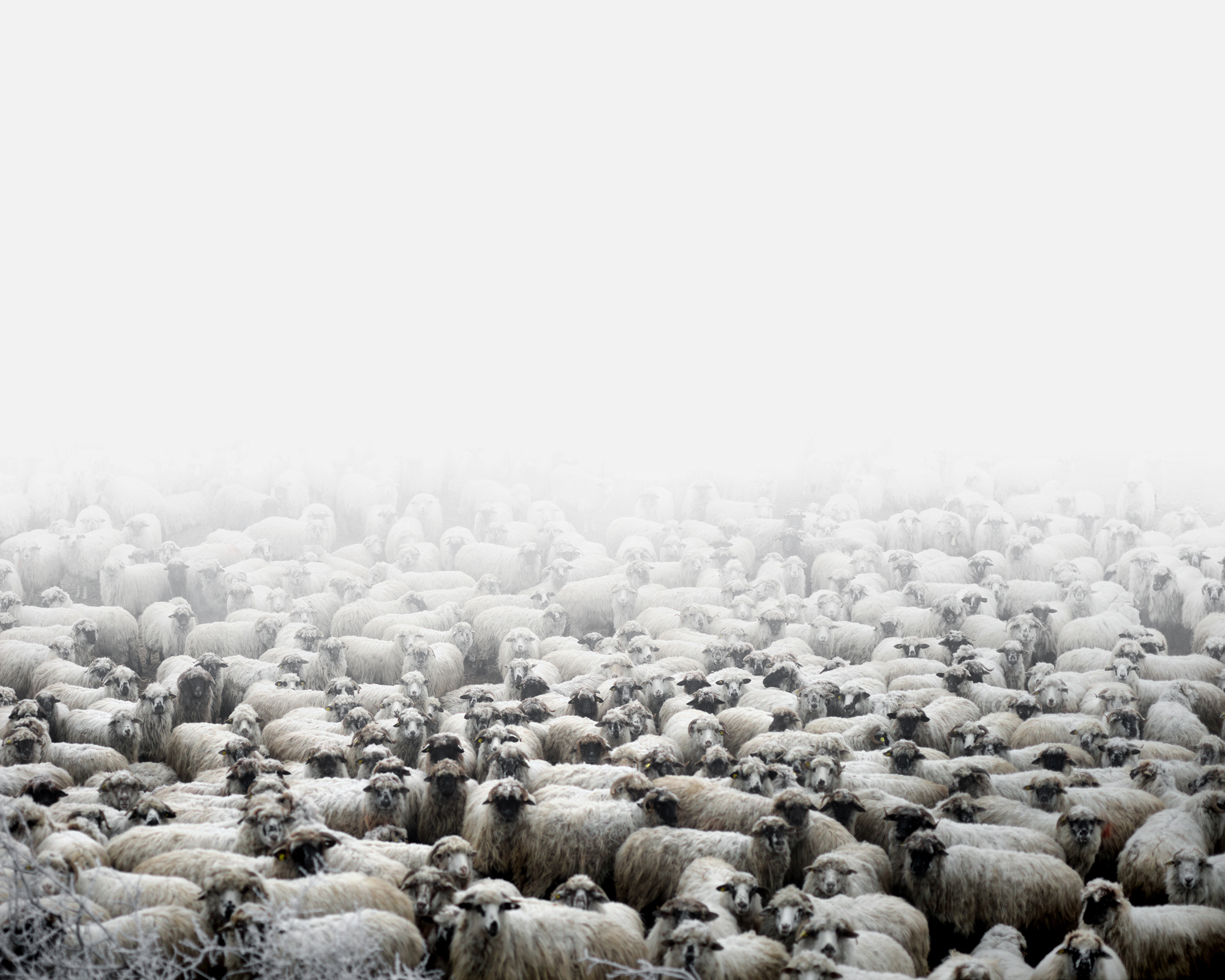
In a world defined by civil unrest, war and economic rollercoasters, Romania and its people go largely unnoticed. The former Eastern Bloc nation that won its independence in December 1989, after a deadly two-week revolution dropped the iron wall, is more associated today with striking gold-miners and a rampant stray-dog population, which authorities are attempting to bring under control. But to Hungarian photographer Tamas Dezso, it’s the transition period since then that’s most worth documenting.
Dezso, 35, was born in Budapest and had studied to become an engineer. But the freedom of photography was too attractive, he says, so he began taking pictures. Dezso got his start with a political daily and then moved to magazines; a decade ago, he was first commissioned for photojournalism in Romania by American and German magazines. But years of similar work felt too constricting, so in 2008 he began pursuing independent works to better express more complex ideas. For this project, and for the past four years, he has used Phase One cameras and various Schneider Kreuznach lenses.
In Romania, he was quickly captivated by its untouched land, the sincerity of its people and the natural relationship between the two. After beginning ‘Here, Anywhere’ in 2009 about Hungary’s changes during the same transition, he decided to return to Romania for this series, ‘Epilogue.’ The goal: witness the impact of the shift from communism to a central government now included in the European Union.
He characterizes the transition period as “awkward democratization that for the time being is burdened with the unprocessed past.” And it’s the coexistence of change and congruity, he says, that intrigues him most and inspires him to keep going back. Like the Hungary set, he’s traveling to sites in the periphery and meeting people whose lives haven’t changed much since the realignment 24 years ago.
That means exploring massive, dilapidated factory ruins—built during aggressive industrialization—and spending a lot of time in villages being deserted as residents leave for urban centers or other nations. Some of those people who were left behind took to him, like Anastasia (slide 10) and Victor (slide 14) and Ciprian (slide 15). “They immediately engage in a conversation, invite you into their homes, treat you as a family member after a few minutes of acquaintance and tell you their most guarded secrets with embarrassing frankness, as if they had been waiting for this occasion for some time,” he recalls. “They would immediately share their food, even if there was little of it. They ask you to stay for dinner, for the night.”
For this series, which isn’t meant to be comprehensive but rather a sliver of the transition period, Dezso has been traveling with writer Eszter Szablyar. She is penning the text of their planned book due out next year. The duo has spoken extensively with their subjects, discussing their personal transitions within the nation’s shift, their traditions that haven’t changed and their desires for Romania to remain as is. Despite their isolation, Dezso says most villagers recall others who have dropped in—some with cameras—to capture their ways of life. “They don’t pose but rather receive it with joy, appreciating the interest shown,” he adds. To him, that makes it all worth it.
Tamas Dezso is a documentary photographer primarily working in Eastern Europe.
Andrew Katz is a reporter with TIME covering international affairs. Follow him on Twitter @katz.




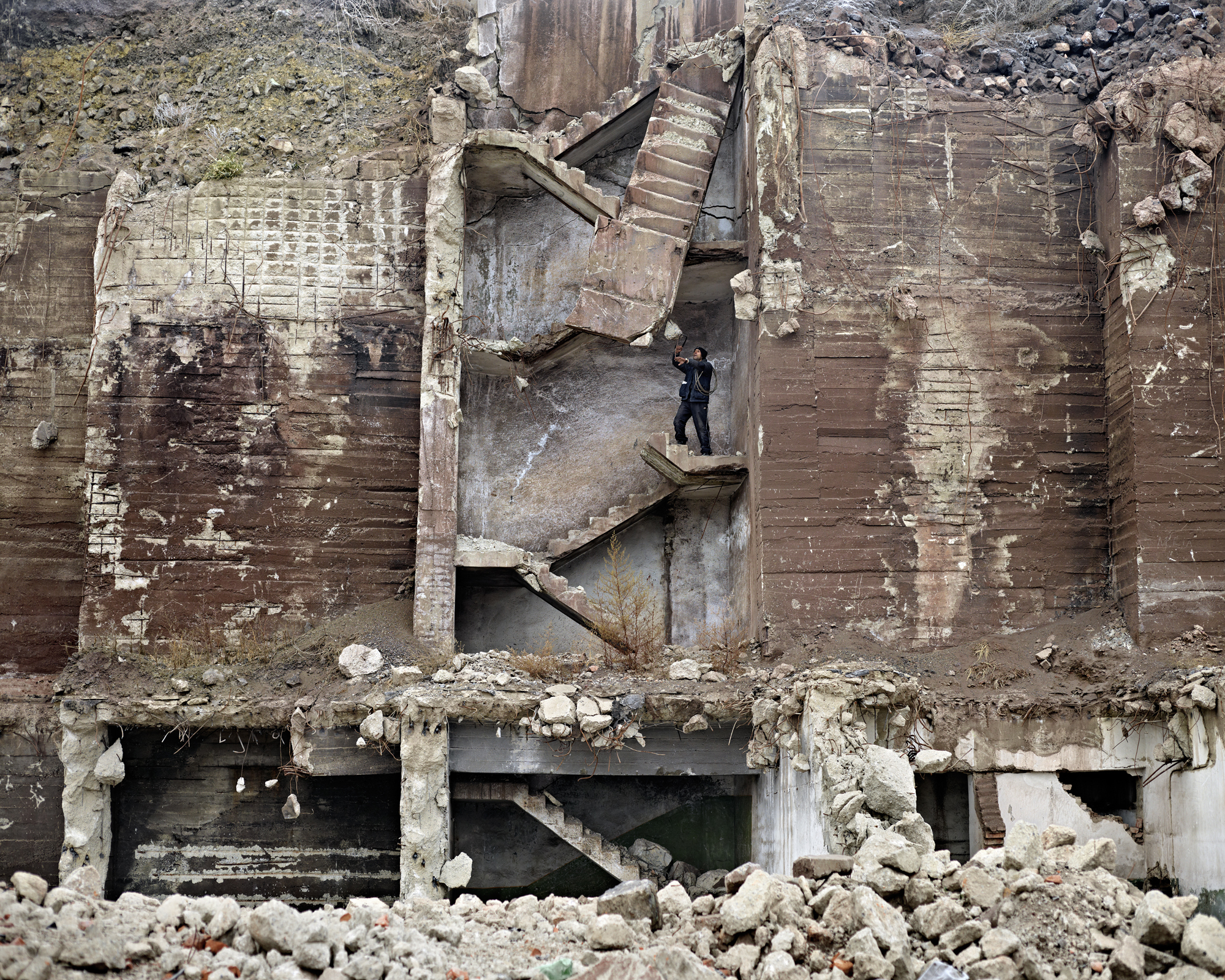
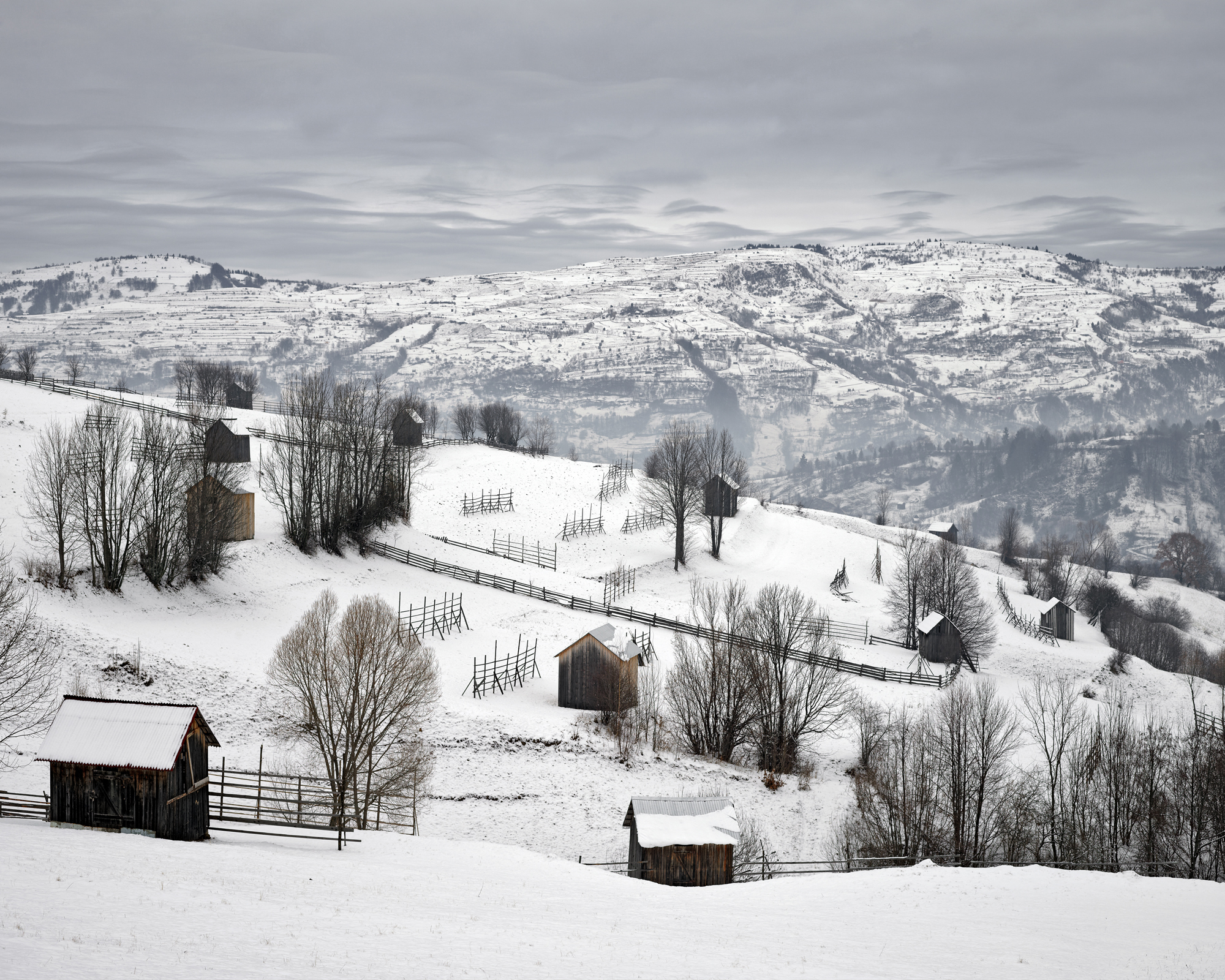


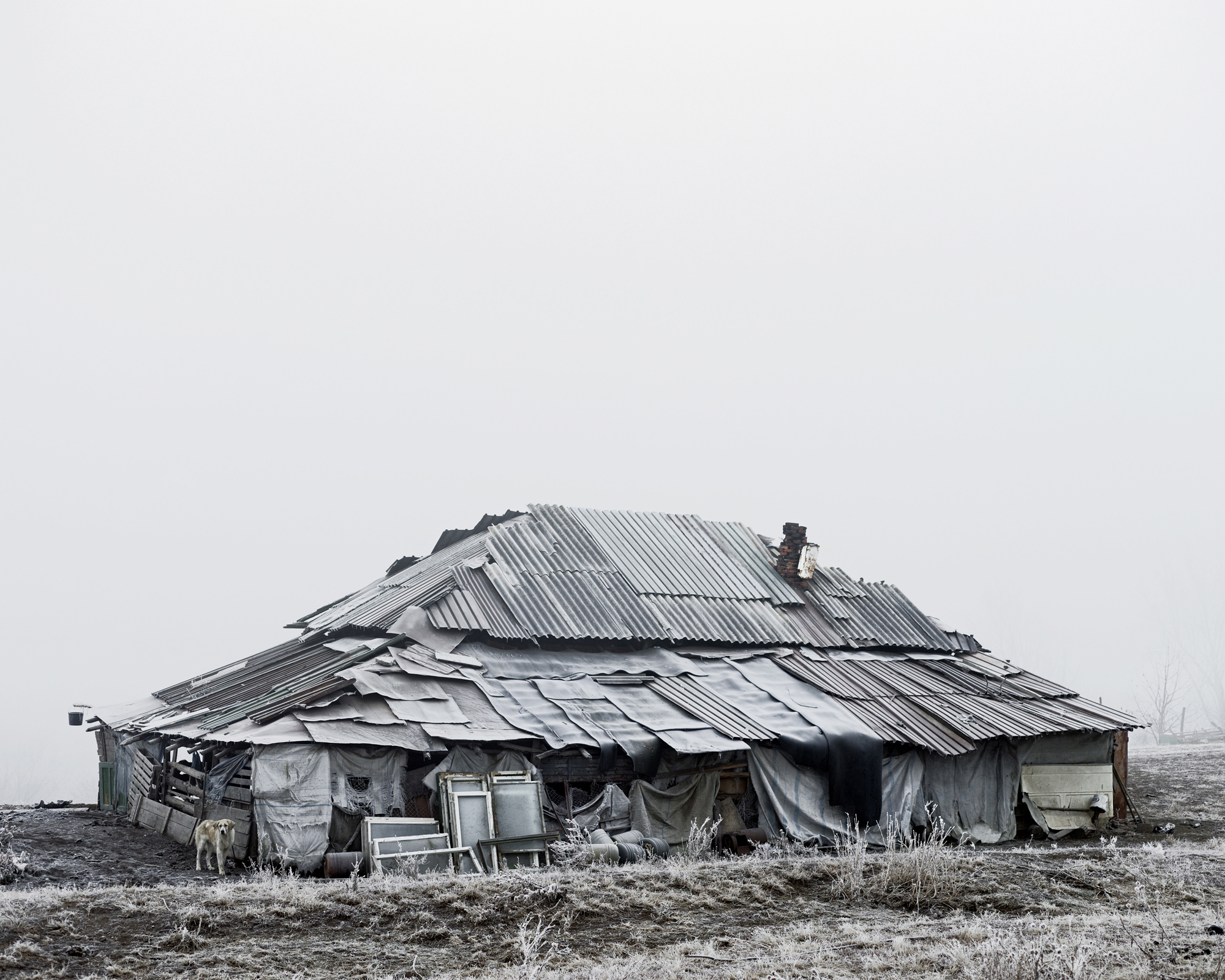




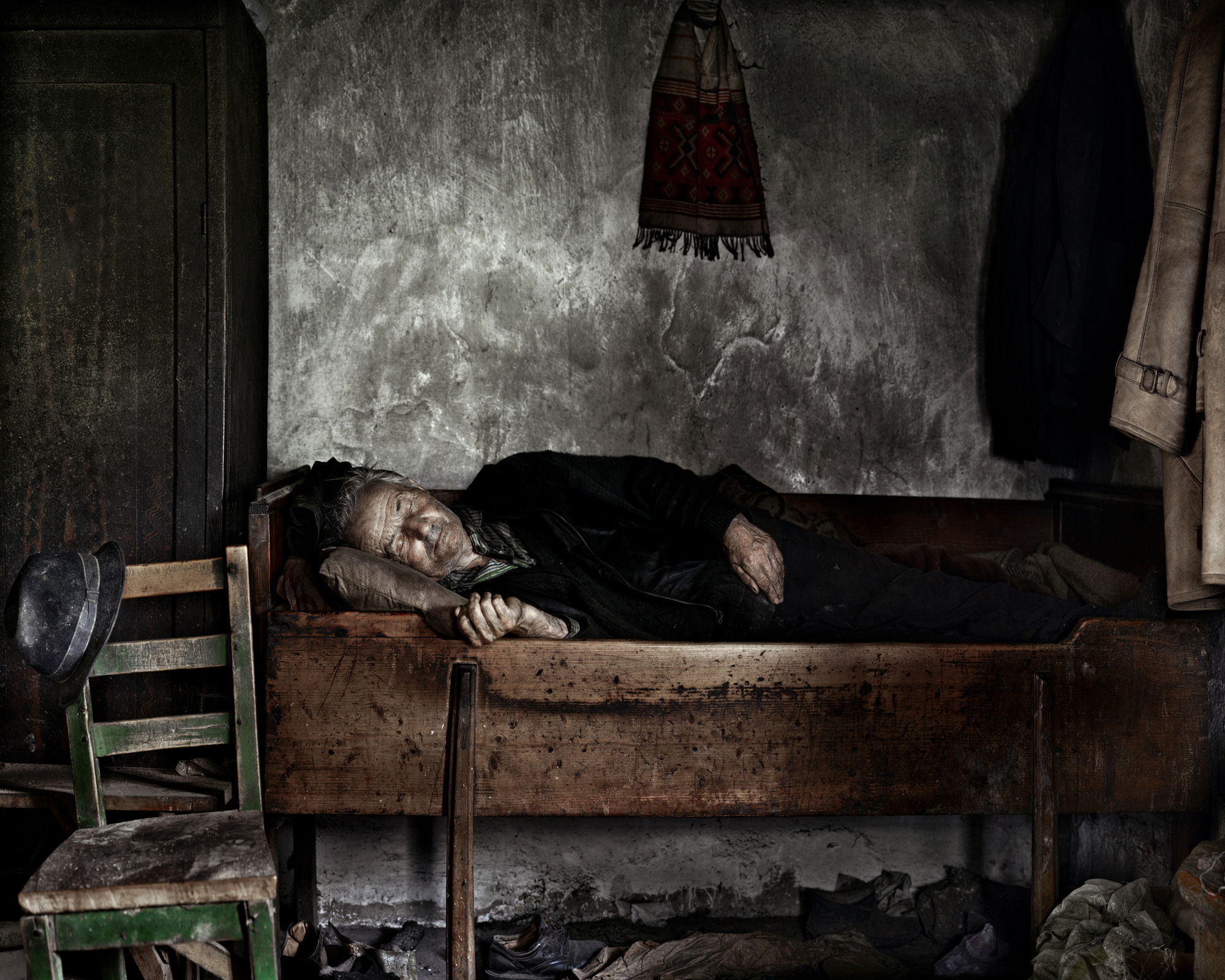


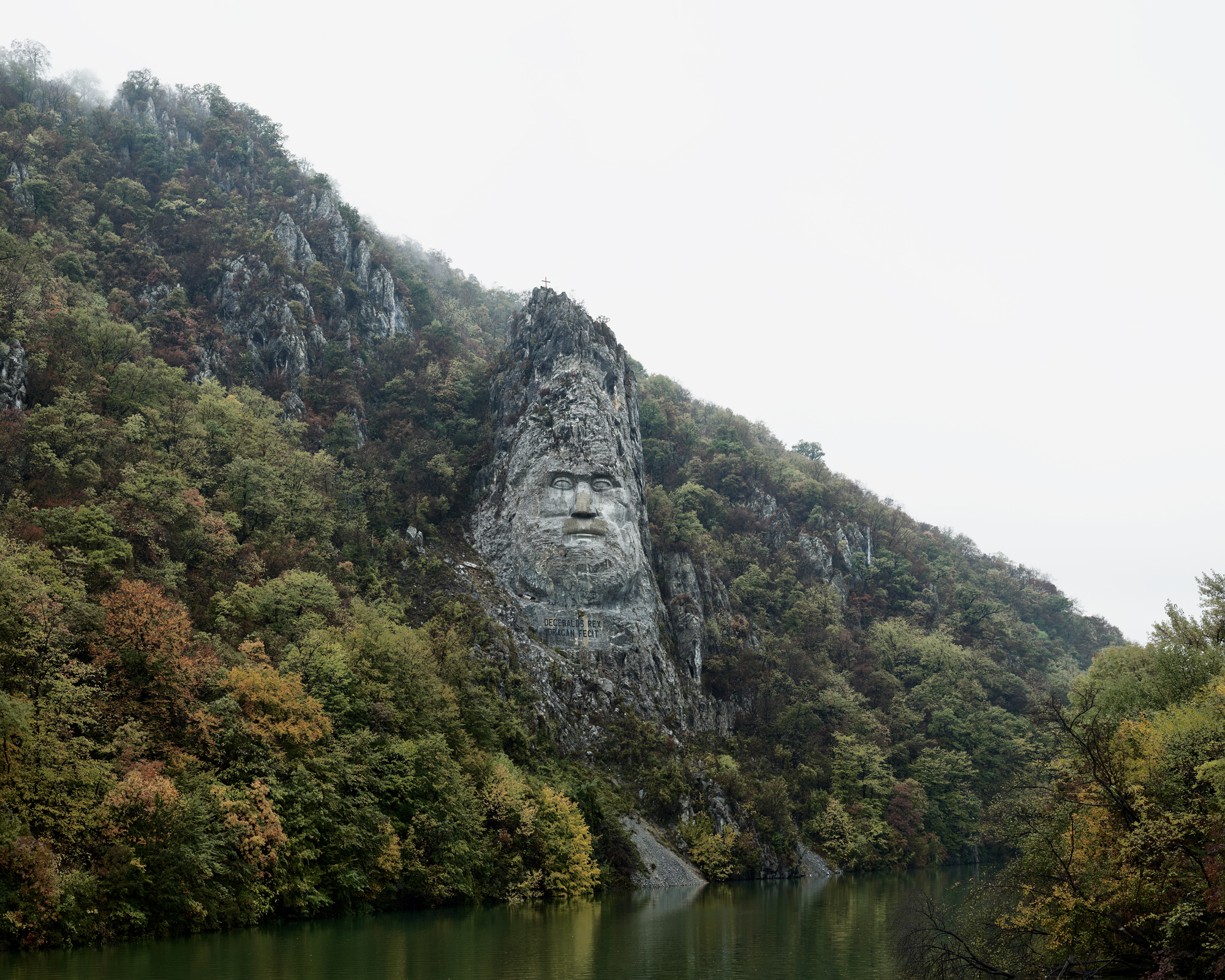

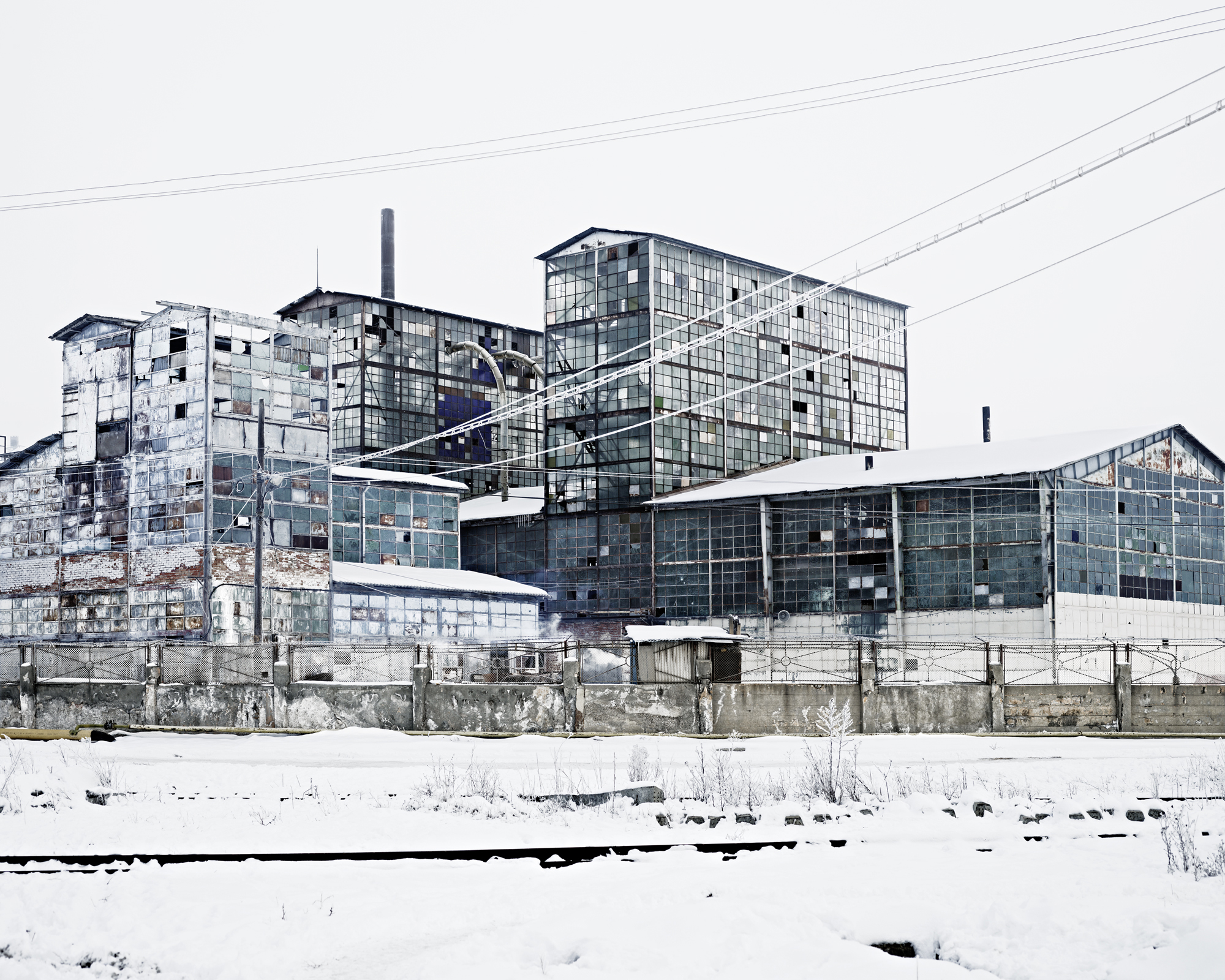


More Must-Reads from TIME
- Donald Trump Is TIME's 2024 Person of the Year
- Why We Chose Trump as Person of the Year
- Is Intermittent Fasting Good or Bad for You?
- The 100 Must-Read Books of 2024
- The 20 Best Christmas TV Episodes
- Column: If Optimism Feels Ridiculous Now, Try Hope
- The Future of Climate Action Is Trade Policy
- Merle Bombardieri Is Helping People Make the Baby Decision
Contact us at letters@time.com